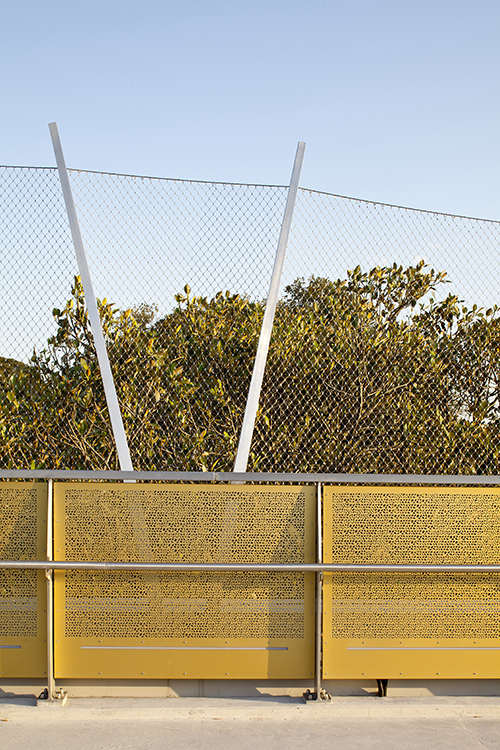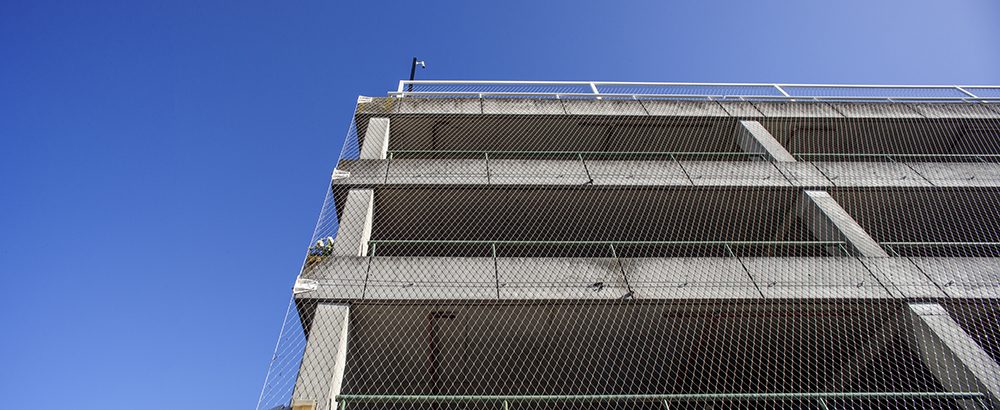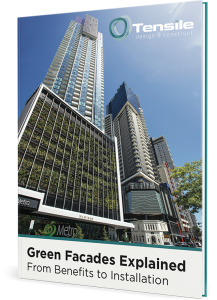Jakob’s Webnet mesh is a very versatile material in that it can be adapted to suit many different types of commercial barriers.
A Webnet barrier is strong enough for high-use areas while maintaining a light and near-transparent appearance. It is also remarkably pliable and can be used to wrap around or over structures that need a fall protection solution, without impeding air flow, views or design.
An additional benefit of Webnet is that in a correctly engineered and tensioned installation, it requires very little in the way of ongoing maintenance – a major plus for busy facility managers.
What makes a Webnet barrier low maintenance
Webnet is made from 316-grade stainless steel, an alloy comprising several elements that together make it corrosion-resistant.
The presence of chromium in stainless steel is particularly important as it reacts with oxygen to form a passive, protective film on the surface of the metal. The molybdenum element in 316-grade stainless steel makes it resistant to saltwater corrosion. This is why it is sometimes referred to as ‘marine grade’.
Being made from this material means that Webnet mesh is robust and very durable, with little need for cleaning. In some projects it can last up to 25 years without any major issues. Webnet is also a relatively simple material, having a minimum of components that are likely to cause problems.
The combination of these characteristics means that once a Webnet barrier is installed, it shouldn’t require much more than a regular annual inspection of the components. This can make Webnet a very cost-effective and no-fuss solution for commercial and industrial barriers.

Maintenance requirements for Tensile Webnet barriers
For every barrier installation we do, we hand over an Operations and Maintenance Manual for the facility manager to use.
This document contains information on the design of the project as well as drawings, certificates, and an annual maintenance checklist to complete.
The checklist is essentially a listing of all the areas to inspect. The manual also includes instructions on what to do if an annual inspection reveals problems such as damage or breaks.
An inspection may involve checking the following (example only):
- Suspension and guy ropes – for broken wires, compression points and tension.
- End connectors – for any damage and corrosion, and to ensure that nuts are correctly tightened.
- Tensile structures – for any kinks as well as broken ropes, strands or wires.
- Load bearing structures – for damage and corrosion.
- Accumulated dirt – if cleaning is required, it should be done using mild products that are compatible with stainless steel.
Webnet not only excels in being low maintenance and durable, it also offers high strength capacity, good security and fast installation.
If you are interested in further discussing maintenance requirements for Webnet barriers or you have an installation in mind, please get in touch with our team.






































